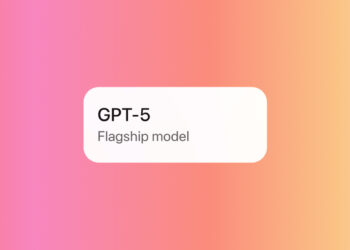53% of senior executives in the MENA region named artificial intelligence (AI) and Robotic Process Automation (RPA) as the most prominent technologies on their boardroom agenda. In consumer-facing sectors, automation is the leading technology focus in MENA, according to EY’s recent report.
Moreover, the EY report ‘The power of intelligent automation: Making customer interaction smarter in the GCC’, identifies government services, retail and financial services as the three key customer-facing sectors that are using intelligent automation to drive efficiencies, using the resulting capacity to create new value, improve customer experience, and support product and service innovation.
Governments paves the way for the private sector
GCC Governments are mandating their departments to use intelligent automation to drive efficiency, inject innovation into the economy, and improve citizen, resident and tourist satisfaction by providing fast and efficient public services.
Within the GCC, Dubai is the most advanced city in terms of the automation of public services delivery.
Firas Qoussous, MENA Government and Public Sector Leader, EY, says:
“We are seeing GCC governments linking the use of AI to major strategic objectives. This approach has the advantage of building synergies into planning from the beginning. It focuses primarily on improving the customer or citizen experience, with cost-cutting being a consequence of automation rather than the program’s main aim. However, there are still relatively few live projects and collaboration with the private sector will be key to delivering results. Governments must focus on building home-grown data science talent to improve service efficiency and fuel private sector innovation.”
Making customer interactions smarter in retail
In retail, RPA “Robotic process automation” has the ability to build the foundation for an improved digital customer experience, but making customer interaction smarter will require more predictive analytics that leverage AI.
Ahmed Reda, MENA Consumer Products & Retail Sector Leader, EY, says:
“The potential is huge for RPA and AI to help GCC retailers improve customer interaction through real-time, location-based customized offers, and opportunities to cross-sell in store and online. Twenty-first century buying will revolve around AI, voice, mobile, drones and self-driving delivery vehicles, while shopping will be all about experience.”
Financial services lead in intelligent automation implementation
The financial services sector is among the most advanced in adopting intelligent automation technologies. Banks are utilizing their up-to-date data storage to provide end-to-end services for customers, seamless connectivity between channels, and partnerships with other providers to enable immediate payments or loan processing.
Gordon Bennie, MENA Financial Services Sector Leader, EY, says:
“Financial services companies in the GCC are forging ahead in intelligent automation. Many are building on existing experience using RPA tools to automate back-office processes, such as automated loan approval, to find new sources of customer value. They too are partnering with telecommunications, as well as the retail sector, to build detailed profiles of their customers for personalized interactions.”
The current extent and maturity of intelligent automation implementation may vary broadly between and within sectors. Still, the pace of change in the region has accelerated enormously this year as companies look to new technologies and collaborations that will help them address changes in customer behavior.
Risks associated with digital transformation
As companies move into rapidly emerging predictive technologies, they need to review and address information security, data privacy and ethics, the report highlights.
Both public and private sector organizations will need to develop their data governance models and ethical guidelines on how customer data is used to manage reputational risk.





